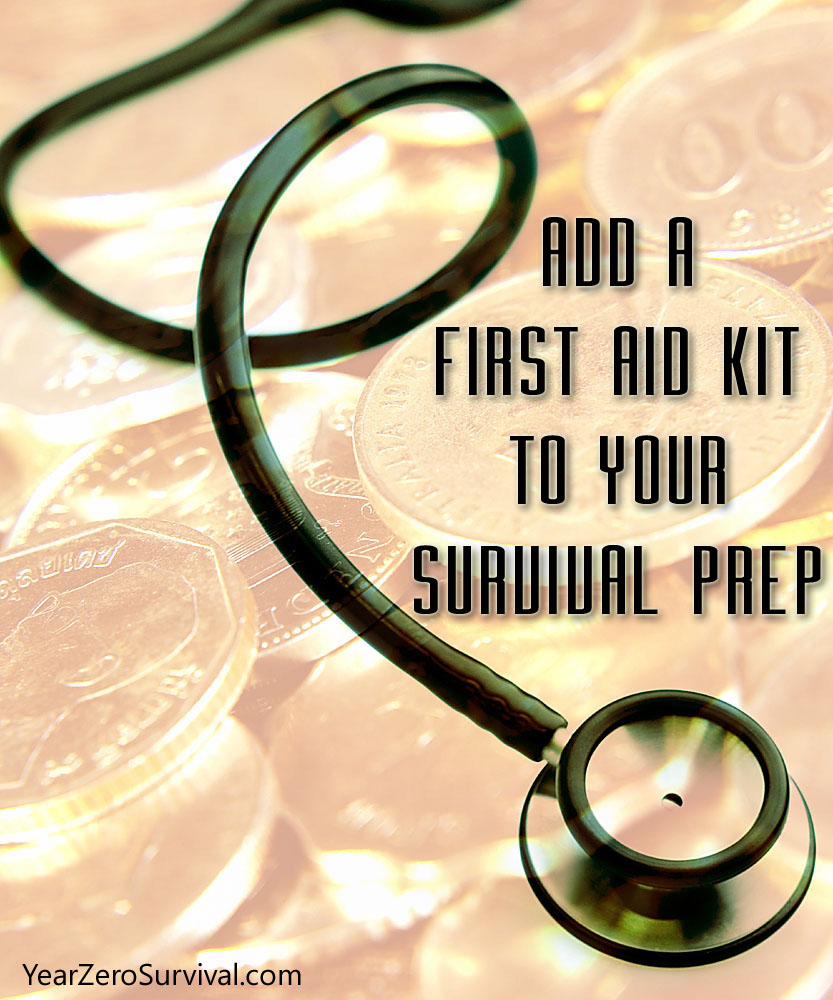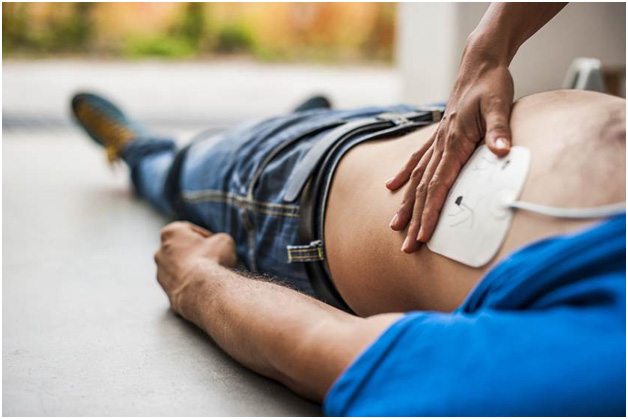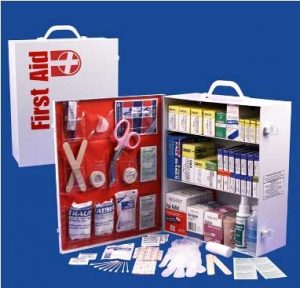
You would think that everyone would understand the obvious, adding a first aid kit to your survival planning and preps. But like many things this is one survival item often overlooked.
Whether it’s a natural disaster, car crash or a zombie outbreak, medical treatment will always be needed in an emergency situation.
We suggest that you consider having at least 3 different types of first aid kits:
- A small, basic kit for you car or bug out bag.
- An intermediate kit for around the home and for traveling.
- An extensive medical kit stored with your survival gear for use in a long term situation.
While kit contents will vary, your basic kit should include at least the following:
- Bandages
- Antibiotic ointment
- Gauze pads
- Iodine or similar prep pads
- Alcohol prep pads
- Butterfly bandages
- Antibiotic ointment
- Medical adhesive tape
- Aspirin and/or non-aspirin pain relievers
The intermediate kit will include more of each of the above items, plus the following:
- Larger adhesive bandages
- Smelling salts or ammonia inhalants
- Ace-type bandages for strains and sprains
- Several sizes of sterile pads
- Rolls of gauze
- Antiseptic towlets
- Thermometer
- Snake bite poison extractor
- Tweezers
- Safety pins
- Moleskin
- Rubber (latex) gloves
- Burn medication
- Anti-itch treatment
- Sun screen
- Diarrhea medication
- Eye drops
- Basic first aid instructions
Your more extensive deluxe medical kit can be expected to include not only the above, but some or all of the following:
- Special bandages, such as conforming, trauma and field dressings
- Rubbing alcohol for sterilization
- Hydrogen peroxide
- Betadine
- Scissors
- Forceps
- Scalpels
- Hemostats
- Sterile sutures, in several sizes
- Wound probe
- Mouth-to-mouth shield
- Instant hot pack
- Instant cold pack
- Prep pads
- Eye pads
- Sponges
- Cotton balls
- Burn treatments
- Dental tools
- Splint materials
- In-depth first aid/surgical guide
- Cold medication
- Decongestant
- Antihistamine
- Colloidal silver
If you need access to prescription medicines, you should consider stocking up on them now and adding these:
- Broad spectrum antibiotic
- Antibiotics for sinus infections, strep throat and other common “flu” ailments
- Pain killers
- Super Glue – a way to deal with lacerations (a fairly common injury) other than just “band-aids.”
- Surgical stapler
- Tampons and maxi pads as a way to apply pressure and control bleeding from a more serious injury.
- Duct tape
Also, adding a medical encyclopedia with detail and instructions for basic surgical and other medical procedures would be good to have on hand. You might even invest in taking a First Aid training course at your local Junior College or continuing education center.
Year Zero Survival has a great selection of survival first aid kits for the home, car, and workplace. Now is the time to act, be prepared.


